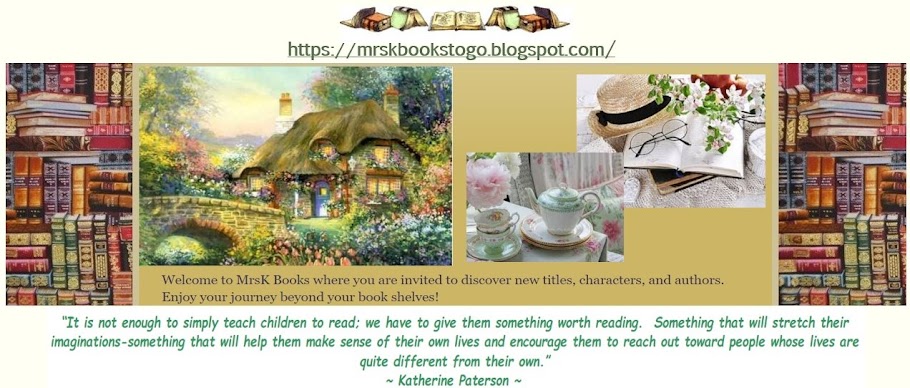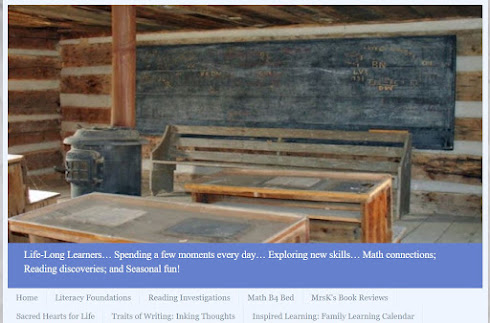ISBN: 9781607746836
Publisher's Synopsis:
This classic
gardening bestseller (over 500,000 copies sold) uses ecologically
friendly, intensive biodynamic methods to produce large amounts of
vegetables in very tiny spaces. Revised for an all new generation of
gardeners, the 40th anniversary edition includes brand new information
on the variety of heirloom vegetables available today and how to grow
them the postage stamp way.

To accommodate today's
lifestyles, a garden needs to fit easily into a very small plot, take as
little time as possible to maintain, require a minimum amount of water,
and still produce prolifically. That's exactly what a postage stamp
garden does. Postage stamp gardens are as little as 4 by 4 feet, and,
after the initial soil preparation, they require very little extra work
to produce a tremendous amount of vegetables--for instance, a
5-by-5-foot bed will produce a minimum of 200 pounds of vegetables.
When first published 40 years ago,
the postage stamp techniques, including closely planted beds rather
than rows, vines and trailing plants grown vertically to free up space,
and intercropping, were groundbreaking. Now, in an ever busier world,
the postage stamp intensive gardening method continues to be invaluable
for gardeners who wish to weed, water, and work a whole lot less yet
produce so much more.
MrsK's Review:
"It's a beautiful day. There's not a cloud in the sky.
The temperature is in the mid-80s.
And there you are in your backyard, picking loads of vegetables from
your own small garden tucked away in the corner of your property."
The temperature is in the mid-80s.
And there you are in your backyard, picking loads of vegetables from
your own small garden tucked away in the corner of your property."
Gardening, such a joy. Helping things to grow, so fulfilling. Harvesting, knowing the "fruit" of your labor. I love everything about gardening, except the frustrations of yellow leaves, spotted or spoiled flowers-fruit-veggies. I know nothing about gardening other than the joy and appreciation for spring to fall harvests.
Hence the reason to review this book. Not only did the title catch my eye, but the idea that I could "learn" what makes a small garden grow lead me down this path with this book choice. Did you know that you can grow "as many carrots in 1 square foot as you can in a 12-foot row?" Or that "a 25-square-foot bed (5X5) will produce a minimum of 200 pounds of vegetables." All I could think of was wow! Really!
The organization with in this small package of harvested wisdom is formatted for quick referencing:
- Arranging the Plants: pgs 11-27 Tips about which type a plant goes in which space, northern exposures, and garden plans
- Midget Vegetables: pgs 31-34 Every type available, potting sizes, when to plant, and harvesting time frames
- Soil Mixes: pgs 35-42 Types of compost and manures, tips for when to use, and earthworm power
- Getting the Ground Ready: pgs 43-49 Methods, crop rotation, soil deficiencies, and re-feeding
- Planting Time Clocks: pgs 50-63 Warm/Cool seasonal crops, Zone mapping, moon cycles, spacing, and sowing
- Watering Needs: pgs 64-67 The when, how much, and when again
- Vegetables and Herbs: pgs 68-164 Recommended varieties plus marginal to excellent ratings, cool or warm seasoned types, tips and tricks for producing bigger and tastier crops, problems, harvesting, and storage tips
- Companion Veggies & Flowers: pgs 165-171 Which variety grows best when planted together
- Pests, Diseases, & Critters: pgs 172-185 What to use: symptoms-pest-remedy
- Composting: pgs 186-194 How-to, what type is best for your area, and including symptoms-problems-solutions
- Seed Sources: pgs 195-203
Let the sowing begin....
MrsK
Meet the Author:
Karen Newcomb has contributed
to and co-written eight gardening books with her late husband, Duane.
She is a lifetime vegetable gardener, garden blogger, and avid writer,
and has been a writing teacher for more than twenty years. She lives in
Rocklin, California.
"I received this book from Blogging for Books for this review."




No comments:
Post a Comment